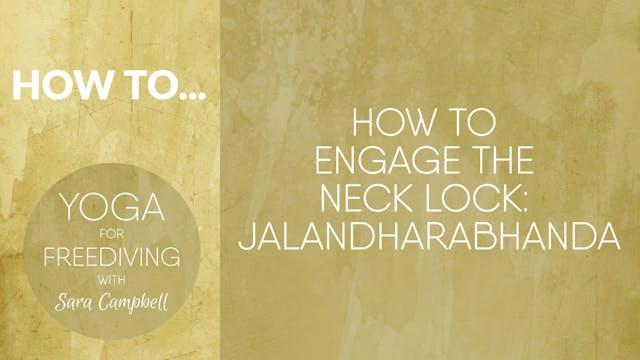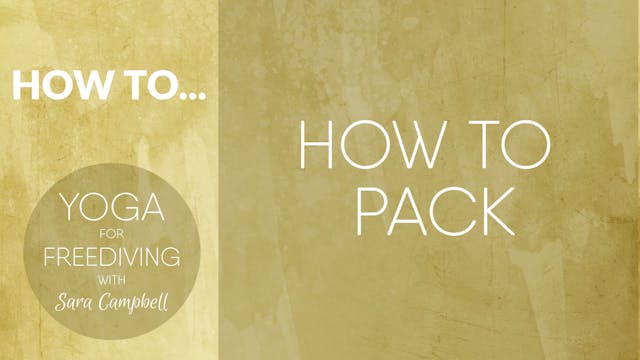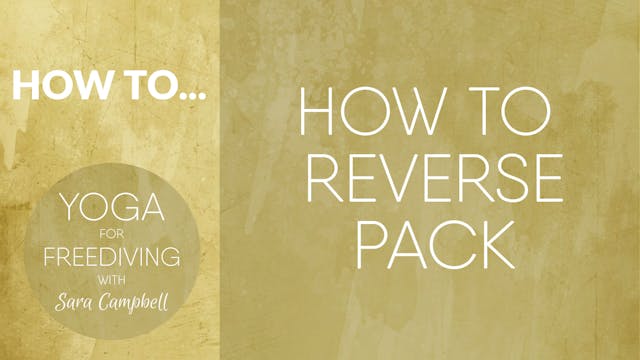How To Stretch your Diaphragm : Uddiyanabhanda
Success and Failure Premium
•
7m 26s
ABOUT DIAPHRAGM STRETCHING: Uddiyanabhanda relates to the diaphragm, as such it's the middle bhanda, between the root and the neck lock. In freediving, this little exercise can make or break depth progress.
Stretching uddiyanabhanda is one of the most important exercises you can do as a freediver, and it's never too early to start! This sweet little video walks you through how to 'turn yourself inside out' - getting your diaphragm nice and stretchy so that you can be relaxed, squashy and compressable to handle the pressure at depth.
The technique can be a bit tricky to get at the start, but with regular practice you will find that one day your belly magically disappears up inside your ribcage and you've got it!
DISCLAIMER: Yoga for Freediving courses and videos are not a freediving certification; they do not certify you to freedive in any way. If you are not certified to freedive, you must take basic training with a certified instructor before practicing any freediving exercises in the water.
Neither Sara Campbell nor Discover Your Depths takes responsibility, nor will be held liable for, any accidents or injuries sustained through freediving or any of the exercises taught in these courses.
If in any doubt, please seek medical permission before commencing any yoga or freediving training. And as with all physical exercise, please ensure that at all times you listen to your body, train conservatively and NEVER DIVE ALONE.
Have fun, and keep your training safe, conservative and enjoyable.
Up Next in Success and Failure Premium
-
How to Engage Neck Lock : Jalandharab...
ABOUT NECK LOCK: Jalandharabhanda, also called jalandabhand, or the neck lock, is essential in yoga and particularly in meditation.
It is also, for freedivers, known as the glottis - that tricky little bugger that you need to keep locked in order to keep your mouthfill.
Neck lock is taught...
-
How to Pack
ABOUT PACKING: Packing is a useful tool in freediving training. Packing must be introduced and used with CAUTION and respect as it carries certain risks and adverse effects for the freediver.
Packing when used in dry stretching routines is very useful for increasing the lung capacity, enablin...
-
How to Reverse Pack
ABOUT REVERSE PACKING: Reverse packing, as the name suggests, is the opposite of packing - and is essential for safe, deep diving.
Many people, particularly early on in their training, focus on packing in order to expand their lung volume. However, for anyone wanting to dive deep, reverse pac...


